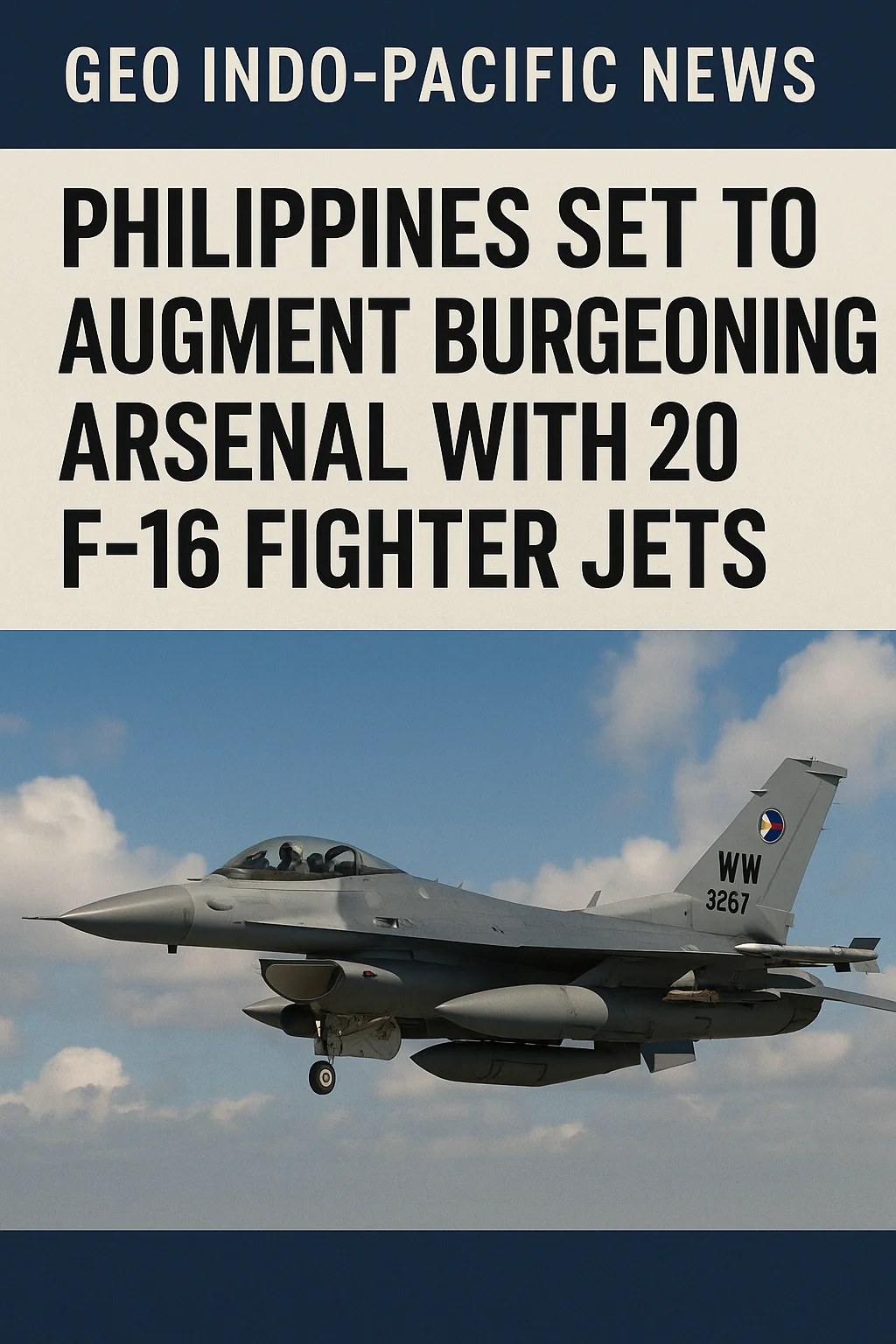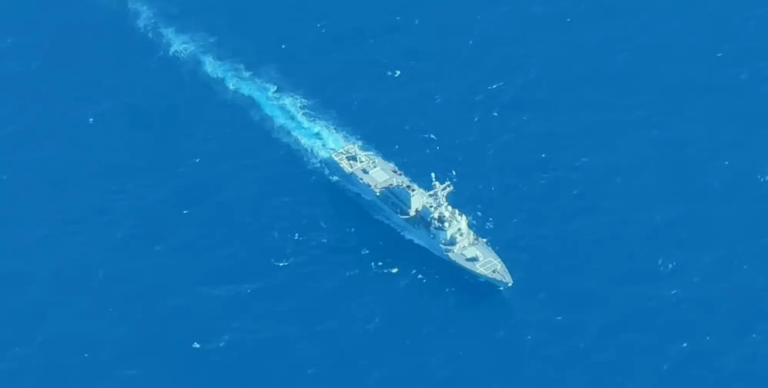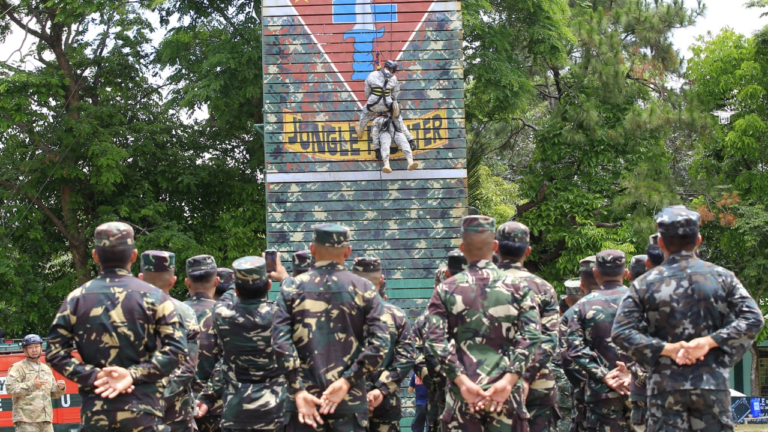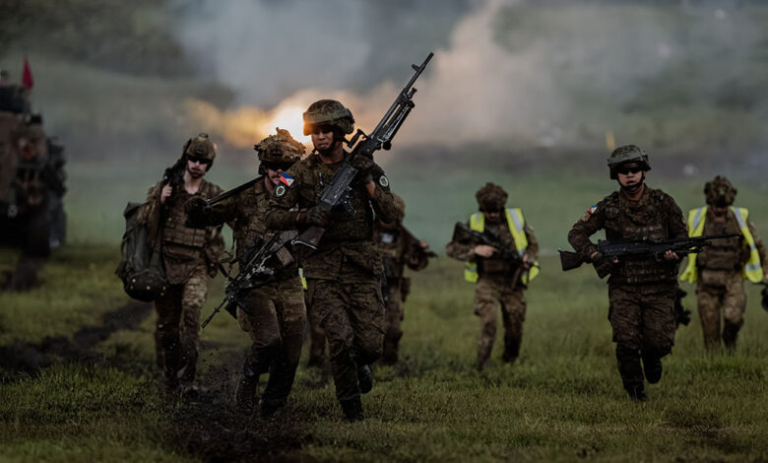
Persevering against increased aggression, the Armed Forces of the Philippines (AFP) has set its sights on new fighter jets and related military assets.
The United States Defense Security Cooperation Agency (DSCA) in April 2025 announced the U.S. State Department’s approval to send 20 F-16 aircraft to the longtime Indo-Pacific ally. The $5.58 billion deal includes advanced avionics, radar, air-to-air missiles, bombs, anti-aircraft guns and ammunition.
“The proposed sale will enhance the Philippine Air Force’s ability to conduct maritime domain awareness and close air support missions and enhance its suppression of enemy air defenses and aerial interdiction capabilities,” the DSCA stated. “This sale will also increase the ability of the Armed Forces of the Philippines to protect vital interests and territory, as well as expand interoperability with the U.S. forces.”
The Chinese Communist Party’s aggressive moves in the South China Sea — including ramming, blocking and firing water cannons at Philippine supply and fishing boats — have raised tensions in the resource-rich global trade route. Beijing claims almost the entire sea, including portions within other nations’ internationally recognized exclusive economic zones, and continues to disregard a 2016 international tribunal ruling rejecting its territorial assertion.
The acquisition of the F-16s reflects Manila’s commitment to the AFP’s modernization, Philippine National Security Council spokesman Jonathan Malaya said after the DSCA announcement.
The U.S.-made fighter, which has a top speed of 2,410 kilometers per hour, will enhance the Philippines’ fleet of 12 South Korean-made FA-50 fighters.
It would be the Philippines’ biggest arms purchase and part of President Ferdinand Marcos Jr.’s plan to spend $35 billion over the next decade to upgrade the nation’s military, Newsweek magazine reported in April 2025. The first F-16s could arrive in the Philippines by 2026, according to Jose Manuel Romualdez, the Philippines ambassador to the U.S.
Four of the fighters will be dual-seat jets for training.
The deal was approved days after U.S. Defense Secretary Pete Hegseth visited the Philippines, where he said Washington will enhance its “ironclad alliance” with Manila to help counter “China’s aggression” in the Indo-Pacific.
The nations’ 1951 mutual defense treaty is the foundation of their security ties.
Meanwhile, the Philippine Navy’s new warship, BRP Miguel Malvar, arrived at Naval Operating Base Subic in April 2025. It also is part of the modernization program amid “evolving regional security dynamics,” according to the AFP. The South Korean-built guided-missile corvette’s sister ship, BRP Diego Silang, is due in the Philippines by July 2025, Newsweek reported.





